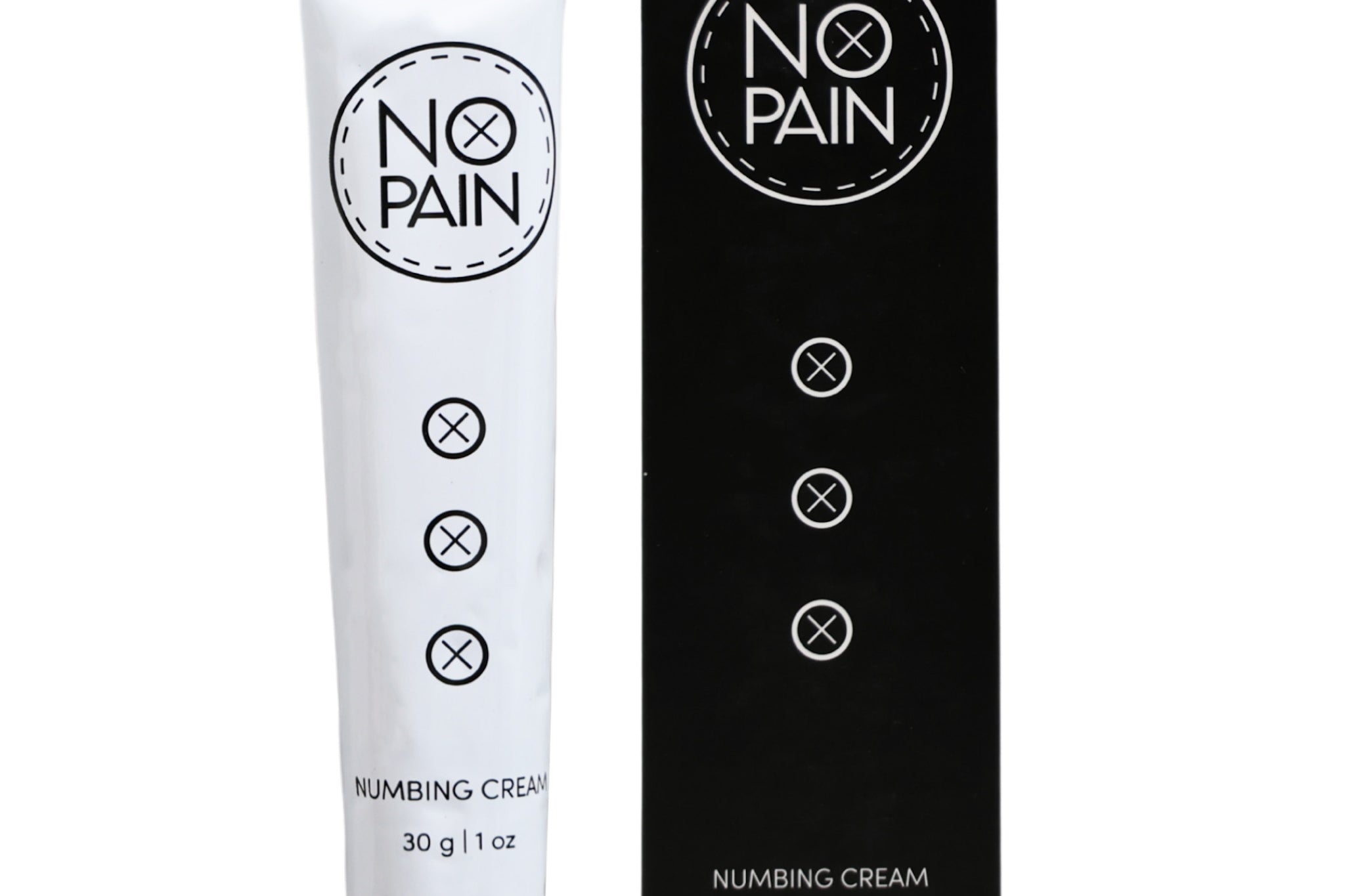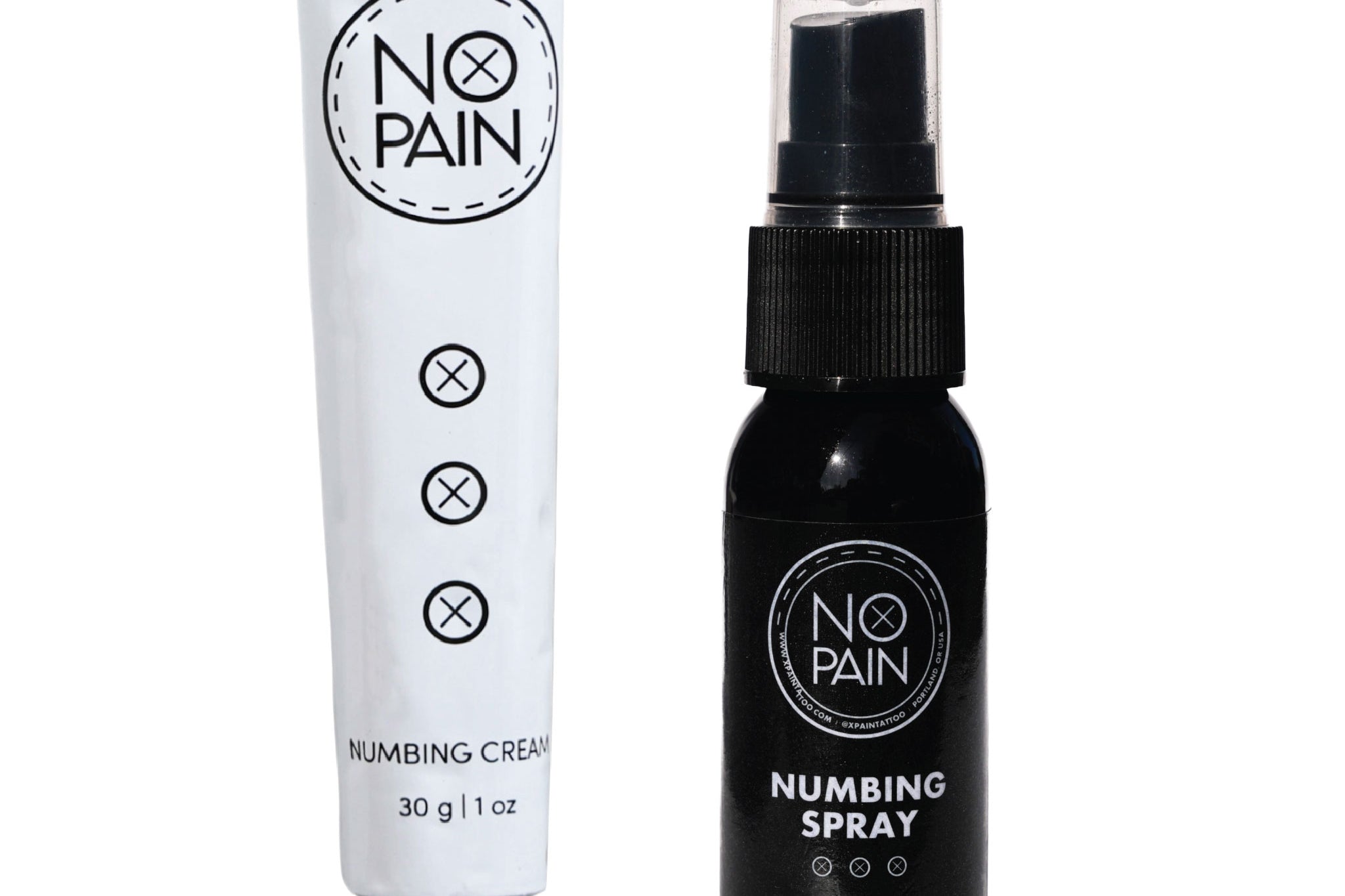Unlike a sleeve that's designed as one giant, cohesive piece from the start, a "patchwork" or "collector" sleeve tells a different kind of story. It's a collage of individual moments, memories, and pieces of art collected over time that gradually come together to cover the arm.
Speaking as the founder of No Pain Tattoo, this is how my own tattoos are built. Most of my tattoos are single pieces, collected over the years, that have formed a patchwork I love. There’s a special magic in getting a bunch of tattoos that you love in a style that you love, and then finding creative ways to blend them all together.
This guide is for those who love that collected-over-time aesthetic. We’ll explore the roots of the patchwork sleeve, how to plan one, and the art of using "filler" to create a stunning, completed look.
The Patchwork Philosophy: Collected vs. Conceived
A patchwork sleeve is built organically. You get individual, standalone tattoos on your arm over a period of months or even years. Each piece has its own defined space. The real "planning" comes in how you place these key pieces and, eventually, how you decide to tie them all together to fill the remaining gaps. This is a stark contrast to, for example, a traditional Japanese sleeve, which is typically designed as one single, flowing image with a unified subject and background from the very beginning.
The Roots in American Traditional Tattooing
The patchwork sleeve is born from the culture of American Traditional tattooing. Think of the sailors and soldiers of the early 20th century who pioneered the style. They would get a tattoo in one port and another in a different country a year later. They collected tattoos like stamps in a passport. The goal wasn't a single, flowing mural, but a collection of bold, individual statements that told the story of their travels and experiences. This tradition continues today as people collect pieces from different artists they admire at conventions and guest spots around the world.
Patchwork Goes Modern: Beyond Traditional
While its roots are in the bold lines and limited palettes of American Traditional, the patchwork aesthetic is now being used in many other styles. You'll now see collectors with arms full of:
-
Fine-Line Blackwork: A curated collection of delicate, individual fine-line or illustrative pieces.
-
Color Realism: An arm full of smaller, palm-sized color realism tattoos of favorite movie characters, animals, or flowers.
-
Sticker Sleeves: Any collection of tattoos in a similar style that are placed like stickers, with or without filler connecting them.
The Art of "Filler": Tying It All Together
Once you have your main "hero" pieces in place, you'll eventually be left with those awkward, empty gaps. The art of filling these spaces is what makes a patchwork sleeve feel truly complete.
In the world of American Traditional, the most classic filler is "stars and dots." This involves filling the negative space with a texture of simple black dots and small, solid black stars. And let me tell you, it is one of the most controversial topics in tattooing.
-
The "Pro" Camp: People who love it see it as the most authentic and timeless way to finish a traditional sleeve. It’s a nod to the history of the style and creates a uniform, cohesive background that makes the main tattoo pieces pop.
-
The "Anti" Camp: People who passionately hate it often see it as a lazy or uncreative shortcut. They argue it can look dated and that there are more creative ways to fill the space (like smoke, waves, or other patterns).
Ultimately, there is no right or wrong answer—it is purely a matter of personal aesthetic. Other common filler ideas include chain links, rope, clouds, simple patterns, or even very small, simple tattoos that fit the theme.
Tips for a Great Patchwork Sleeve
-
Think About Placement: Even though you're collecting individual pieces, think about the overall composition. Place your larger, more significant "hero" pieces in the prime real estate spots (like the outer bicep or forearm).
-
Stick to a Cohesive Style (Mostly): A patchwork sleeve almost always looks best when the majority of the pieces share a similar style (e.g., all American Traditional, or all illustrative blackwork). This helps it feel intentional and cohesive, even without a single connecting theme.
-
Embrace the Journey: The beauty of a patchwork sleeve is that it grows with you. Don't feel rushed to fill every single gap immediately.
As you add each new piece to your collection over the years, one thing remains constant: the need for perfect aftercare. Each new addition is a fresh tattoo that requires the best care to heal vibrantly and match the quality of your existing work. Our No Pain Tattoo Aftercare Bundle is the perfect toolkit for the lifelong collector, providing everything you need to heal each new piece of your growing masterpiece perfectly.




